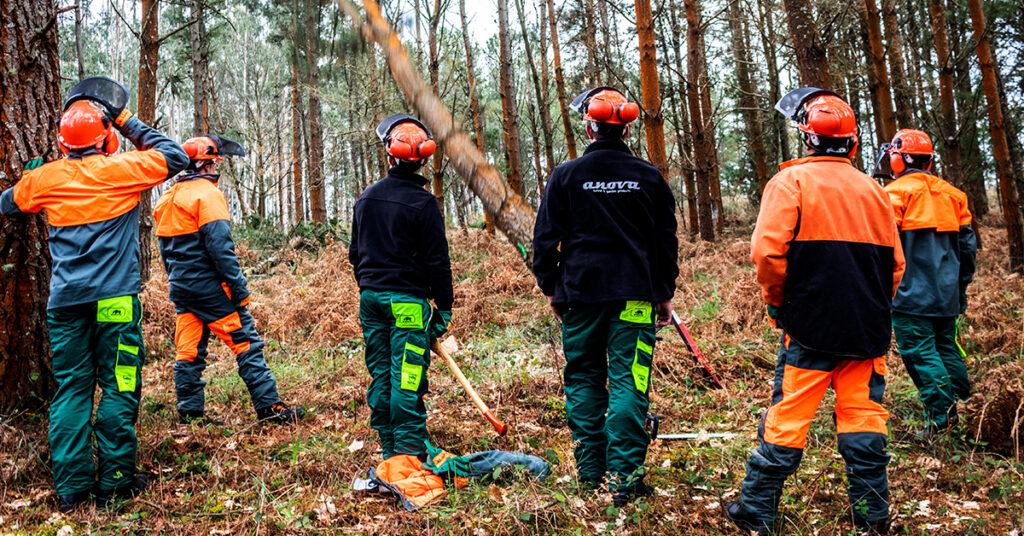How to Cut Trees Safely: Tips for Safe and Responsible Logging

Cutting down trees can be a challenging and dangerous task if not done properly. If you need to fell a tree on your property for safety, cosmetic or any other reason, it is important to take precautions and follow safe practices to avoid accidents and unnecessary damage. In this article, we will offer you essential tips and guidelines for felling trees safely and responsibly, ensuring that the process is successful and without risk to you and your environment.
Assess the Situation:
Before felling a tree, it is essential to assess the situation and determine if it is necessary to do so. Consider the health and stability of the tree, as well as its proximity to structures, power lines, or other risk areas. It is always advisable to get the opinion of a professional arborist or tree felling expert to ensure you make the right decision and assess the possible risks involved.
Obtain the Necessary Permissions:
In many places, cutting down trees requires special permits and approvals. Research local regulations and obtain the necessary permits before proceeding with the felling. This will help you avoid legal issues and ensure that the felling is done according to established rules and regulations.
Appropriate Equipment and Tools:
Using the right equipment and tools is essential for safe felling. Make sure you have a quality, well-maintained chainsaw, as well as personal protective equipment, including a hard hat, safety glasses, gloves, and sturdy shoes. If you are inexperienced with chainsaws, it is recommended that you receive training or hire a professional to do the felling.
Plan the felling:
Before you start felling, carefully plan the process. Determine the direction you want the tree to fall and make sure there are no nearby obstacles or structures that could interfere with the fall. Consider factors such as the natural lean of the tree, the direction of the wind, and the size of the upper branches.
Make Precise Cuts:
To fell the tree, make precise and strategic cuts. First, make a horizontal cut or «hinge cut» on the side of the desired fall direction. Then, make an upward slant cut on the same side, creating about a 70 degree angle to the horizontal cut. These cuts will allow the tree to fall in a controlled manner and minimize the risk of it getting caught or splitting.
Keep Safe Distance:
When the tree starts to fall, keep a safe distance to avoid possible accidents. Never go under the tree or near the direction of fall. Always estimate a «danger zone» around the tree where no one should be present during felling.
Remove Dangerous Branches:
After felling the tree, carefully remove branches and trunks to avoid possible injury. Use ropes or lifting equipment if necessary to safely move tree parts. Consider hiring a tree removal service to handle the cleanup if you don’t feel confident doing it yourself.
Conclusion:
Tree felling is a task that requires planning, caution and responsibility. Before felling a tree, assess the situation and obtain the necessary permits. Use the right equipment and tools, and carefully plan the process. Make precise cuts and be sure to keep a safe distance when the tree falls. If you are not comfortable doing the felling yourself, consider hiring an experienced professional arborist to carry out the task safely and effectively. Always remember to put safety first and respect the environment and local regulations at all times. With these tips, you will be able to fell trees safely and responsibly, keeping yourself and others safe, and preserving the natural balance of your environment. Log responsibly and carefully to keep your surroundings safe and beautiful!






